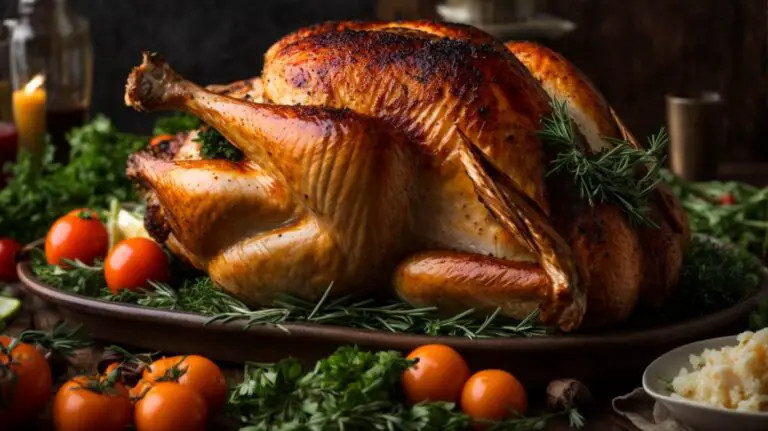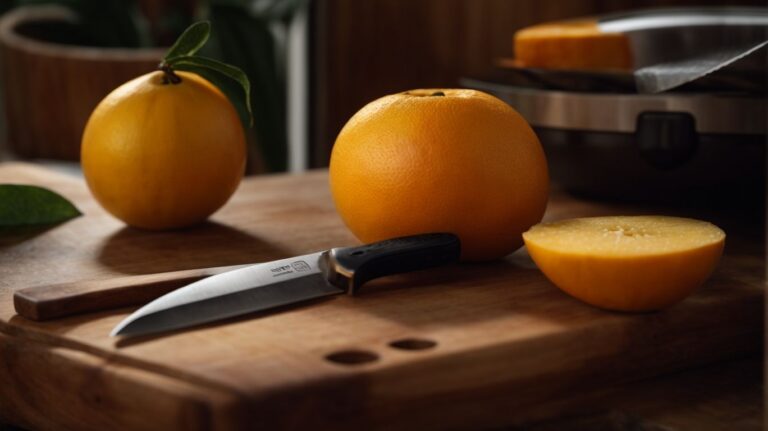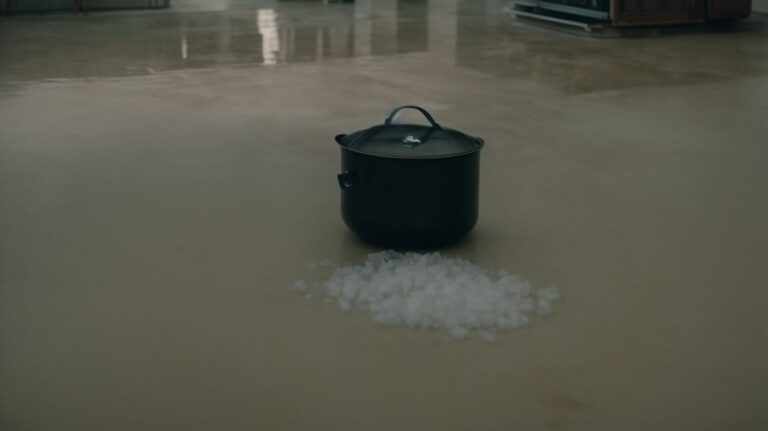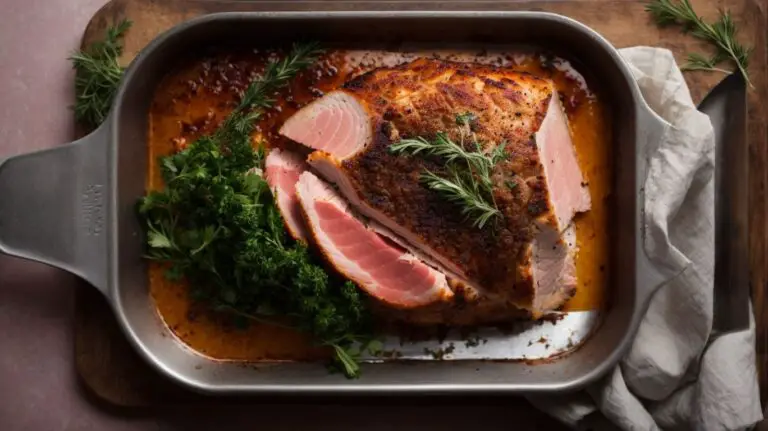How to Cook Yema?
Are you looking to satisfy your sweet tooth with a delicious Filipino treat? Look no further than Yema!
In this article, we will explore what Yema is, the traditional ingredients used, variations of these ingredients, and how to make this delectable dessert step by step.
Whether you’re a seasoned chef or a novice in the kitchen, we’ll provide tips for creating the perfect Yema, how to store and serve it, and even some creative ways to use this delightful confection.
So, let’s dive into the world of Yema and elevate your dessert game!
Key Takeaways:
What is Yema?
Yema is a delightful sweet treat with Spanish origins, known for its easy recipe and popularity in Filipino cuisine as a classic dessert.
This creamy and rich confection is made from just a few basic ingredients, usually combining condensed milk, egg yolks, and butter to create a smooth and luscious texture.
Traditionally, Yema is rolled into bite-sized balls, then coated with granulated sugar to add a delightful crunch that contrasts the melt-in-your-mouth sweetness.
Its significance in Filipino culinary culture goes beyond just a sweet indulgence, often being served during special occasions like fiestas, Christmas, and other festive gatherings.
What Are the Ingredients for Yema?
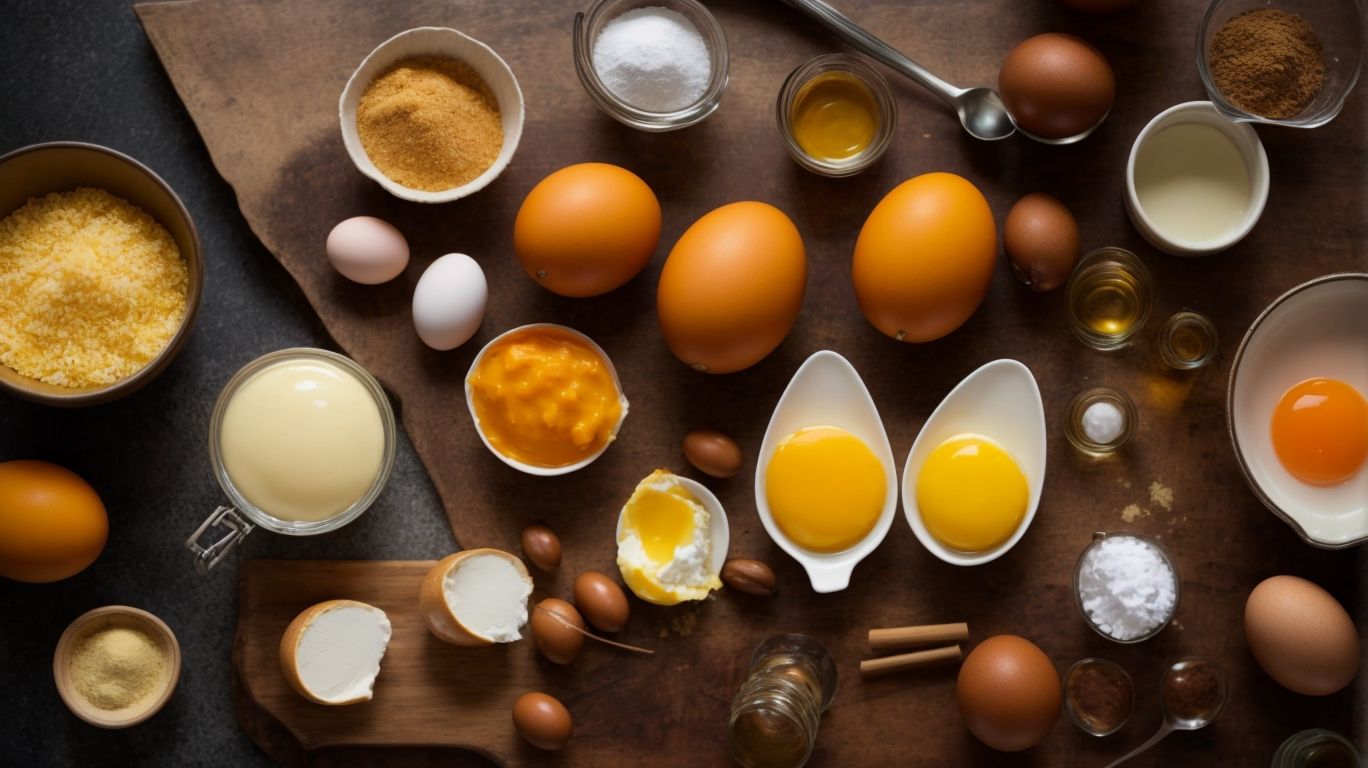
Credits: Poormet.Com – Roy Brown
Yema requires a few key ingredients such as egg yolks, condensed milk, butter, walnuts, sugar, and a touch of lemon zest and vanilla essence for flavor.
Walnuts play a crucial role in Yema by adding a delightful crunch and nutty flavor to the smooth texture of the sweet treat. They provide a contrast in texture that elevates the overall eating experience. The sweetness of sugar balances the rich creamy taste of the egg yolks and condensed milk, creating a harmonious blend of flavors.
Lemon zest adds a zesty brightness to the Yema, cutting through the richness, while vanilla essence enhances the aroma and complexity of the dessert. Each ingredient in Yema contributes to a symphony of flavors that makes it a beloved sweet treat.
What Are the Traditional Ingredients for Yema?
The traditional ingredients for Yema include sugar, condensed milk, and a touch of Spanish influence, reflecting its rich heritage in Filipino sweets.
To create this delectable treat, sugar and condensed milk are combined over heat to form a smooth and luscious mixture. The Spanish influence can be seen in the cooking process, where the caramelization of the sugar adds depth and color to the final product.
The use of condensed milk gives Yema its signature creamy texture and rich sweetness. This ingredient is essential in achieving the traditional taste that Filipinos have come to love and cherish over generations.
What Are Some Variations of Yema Ingredients?
Variations of Yema ingredients may include different types of nuts, alternative sugars, or unique flavorings like lemon zest, offering a creative twist to the classic recipe.
For instance, substituting the traditional peanuts with almonds or cashews can impart a richer, nuttier flavor to the Filipino delicacy. Similarly, experimenting with coconut sugar or honey instead of white sugar adds depth and complexity to the sweetness profile. Incorporating orange or calamansi zest can introduce a refreshing citrusy note to the Yema, elevating its taste to a whole new level.
How to Make Yema?
To make Yema, follow a simple recipe that combines egg yolks, condensed milk, and butter to create a luscious sweet dessert with a quick and easy preparation method.
Yema is a popular Filipino treat that is loved for its creamy and sweet flavor. The process begins by separating the egg yolks from the whites to ensure the rich, custard-like texture. Next, condensed milk and butter are added to the egg yolks, creating a decadent mixture. This mixture is then cooked slowly over low heat, stirring continuously until it thickens to the desired consistency. Once the mixture is thick enough to hold its shape, it is ready to be rolled into small balls and coated with sugar or crushed nuts.
Step 1: Preparing the Ingredients
The first step in making Yema involves gathering and preparing the key ingredients, including egg yolks, condensed milk, butter, nuts, and sugar for a flavorful mixture.
Each ingredient plays a crucial role in the rich taste and creamy texture of Yema.
- Egg yolks provide a luscious texture and a vibrant yellow color.
- Condensed milk offers sweetness and a dense consistency, creating a velvety finish.
- Butter contributes richness and a smooth mouthfeel, balancing the sweetness.
- Nuts, such as crushed peanuts or cashews, add a delightful crunch and nutty flavor.
- Sugar not only sweetens but also aids in caramelizing the mixture during cooking, enhancing the overall flavor profile.
Step 2: Cooking the Yema Mixture
The next step in making Yema is cooking the mixture over low heat, ensuring the sugar, condensed milk, and other ingredients blend harmoniously to form the traditional sweet dessert.
Slow and steady is key when cooking this delightful treat. The gentle heat allows the sugar to dissolve smoothly into the condensed milk, creating a caramelized richness that defines the traditional flavor of Yema. As the mixture simmers, the aroma of sweet perfection fills the air, hinting at the delectable outcome awaiting your taste buds.
Step 3: Shaping and Cooling the Yema
After cooking, shape the Yema mixture into pyramid shapes for an attractive presentation, then allow it to cool before wrapping in colorful cellophane for a delightful treat.
Shaping the Yema into pyramid shapes offers a visually appealing touch to this traditional Filipino dessert. The process of creating these geometric treats requires precision and care to ensure they maintain their distinctive form.
Once shaped, placing the Yema pyramids on a cooling rack allows them to set properly and solidify. This step is crucial for maintaining the shape and texture of the dessert.
After cooling, wrapping the Yema in colorful cellophane adds a final decorative flair to the treat. The vibrant hues not only enhance the overall look but also make them perfect for gifting or special occasions.
Tips for Making the Perfect Yema
For the perfect Yema, ensure precise measurements, gentle cooking, and creative presentation to elevate this sweet dessert into a culinary masterpiece.
When creating Yema, accurate measurements are crucial. Whether it’s the exact amount of condensed milk, sugar, or eggs, each ingredient plays a vital role in achieving that ideal balance of sweetness and texture. To ensure the sweetness is just right, taste-testing along the way can be helpful. Using gentle cooking techniques, such as low heat and constant stirring, helps prevent scorching and ensures a smooth, creamy consistency. For a touch of innovation, consider unique presentation ideas like shaping the Yema into bite-sized balls or incorporating flavorful toppings.
How to Store Yema?
To store Yema, wrap it securely in cellophane or an airtight container and keep it refrigerated to maintain its freshness and extend its shelf life as a homemade sweet dessert.
Proper storage is crucial to preserve the delectable flavor and creamy texture of Yema. By wrapping it tightly, you shield the dessert from exposure to air and moisture, which can cause it to dry out or become stale quickly. Refrigeration helps slow down any potential spoilage due to its dairy content, ensuring that each bite remains as delightful as the first. This simple yet effective method allows you to enjoy your homemade Yema for more extended periods without compromising its quality.
How to Serve Yema?
Serve Yema as a delightful sweet treat at gatherings, parties, or during Christmas festivities for a festive touch that will impress your guests with its sweet and indulgent flavors.
Transform your Yema into elegant bite-sized delights by shaping them into delicate balls or miniature squares. Arrange them beautifully on a dessert platter garnished with edible flowers or sprinkles to add a pop of color. For a more decadent presentation, dip the Yema in rich dark chocolate and place them on a tiered dessert stand for an eye-catching display.
What Are Some Creative Ways to Use Yema?
Get creative with Yema by incorporating it into desserts like cakes, spreads, or as a delightful frosting, adding a unique and sweet twist to your culinary creations.
In terms of incorporating Yema into cake recipes, you can infuse the rich sweetness of this Filipino delicacy into your favorite cake batter, resulting in a decadent treat that is sure to impress your guests. The creamy and velvety texture of Yema makes it a perfect spread on toast or crackers, offering a delightful snack that combines the flavors of caramel and condensed milk.
Using Yema as a frosting for baked goods elevates the overall taste profile, giving your pastries a luscious and sugary finish that perfectly balances the flavors of the cake. The creative possibilities with Yema are endless, making it a versatile ingredient that can transform traditional desserts into innovative culinary creations.
Conclusion
In conclusion, Yema stands out as a delectable dessert with a sweet taste and charming presentation, making it a beloved treat for all occasions.
Yema, originating from the Philippines, is a confectionery delight loved for its versatility. Whether it’s a grand celebration or a casual get-together, this treat never fails to impress with its rich flavor and beautiful appearance. Its soft texture, often coated in caramelized sugar or crunchy nuts, adds a delightful contrast that appeals to both visual and gustatory senses. Yema is not only enjoyable on its own but also as a topping for cakes or a filling for pastries. Its popularity extends beyond cultural boundaries, becoming a must-have at weddings, birthdays, and festive gatherings.
Frequently Asked Questions
How to Cook Yema?
Yema is a popular Filipino dessert made with condensed milk, egg yolks, and butter. Here are some frequently asked questions and answers on how to cook this delicious treat.
What ingredients do I need to make Yema?
You will need condensed milk, egg yolks, butter, and vanilla extract to make Yema. You can also add crushed nuts or grated cheese for added flavor and texture.
How do I make Yema balls?
To make Yema balls, simply roll the cooked Yema mixture into small balls using your hands. You can also use a cookie scoop or a melon baller for uniform sizes.
Can I use a substitute for condensed milk?
Yes, you can use evaporated milk and sugar to make a homemade condensed milk substitute. Simply mix one cup of evaporated milk with one cup of sugar and heat until thick and syrupy.
How long can I store Yema?
You can store Yema in an airtight container in the refrigerator for up to a week. Make sure to keep them away from any strong smelling foods to avoid absorbing their smell.
Can I make Yema without cooking it?
No, Yema needs to be cooked in order to achieve its signature chewy texture. Cooking also helps thicken the mixture and develop the flavors.
What are some variations of Yema?
Aside from the traditional Yema balls, you can also make Yema cake, Yema bars, and even Yema pastillas. Get creative and add your own twist to this classic Filipino dessert!


